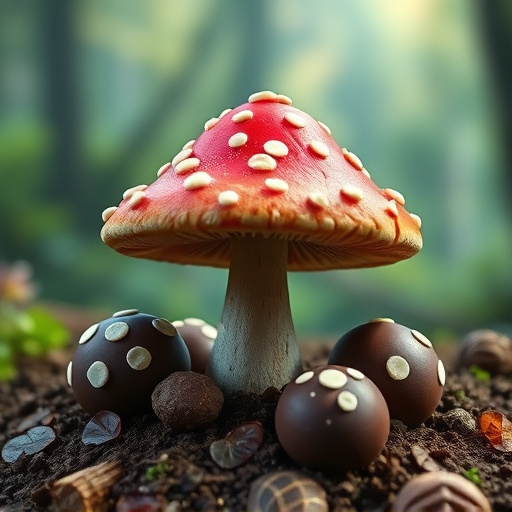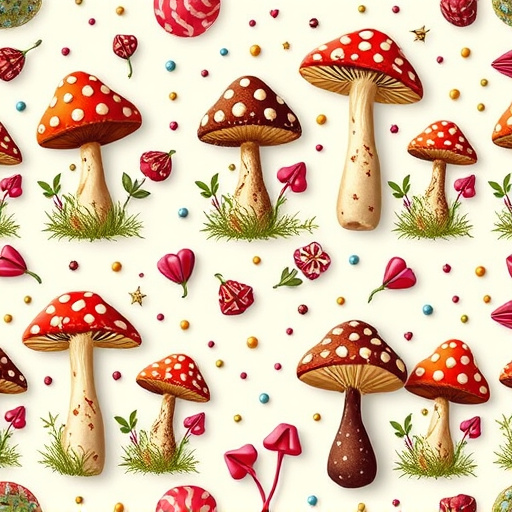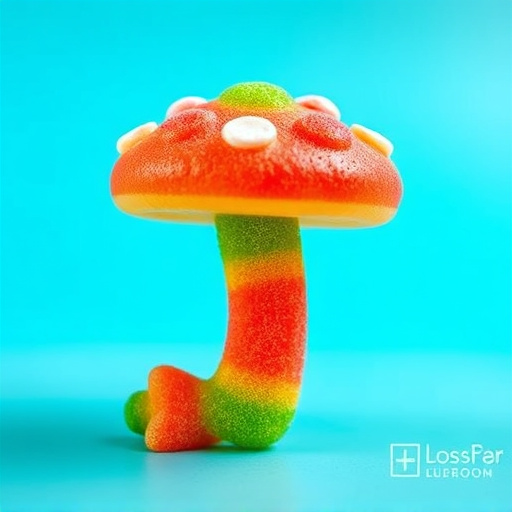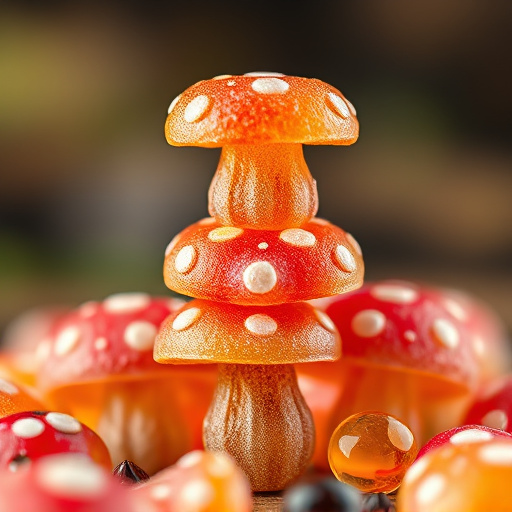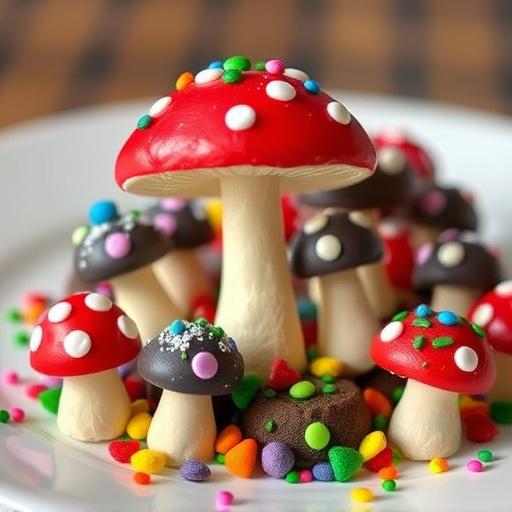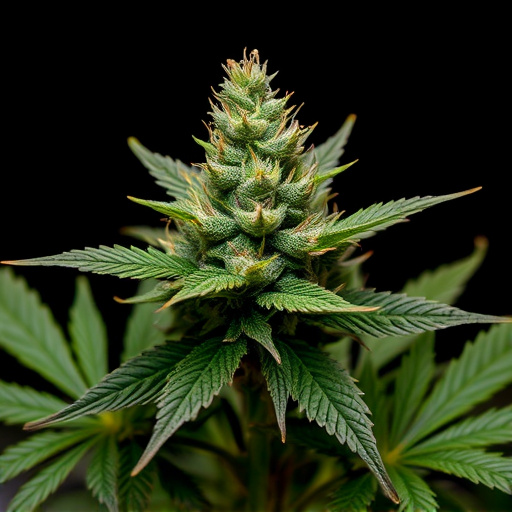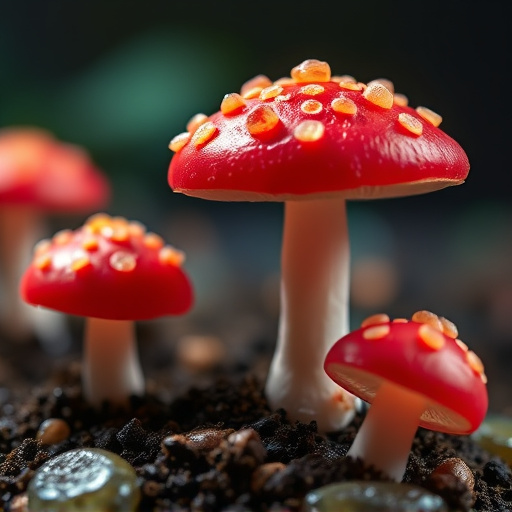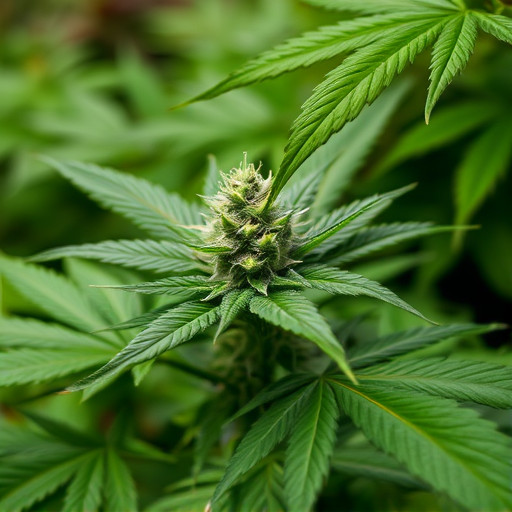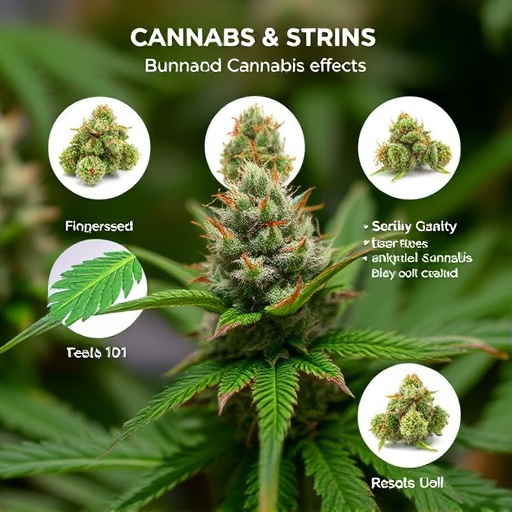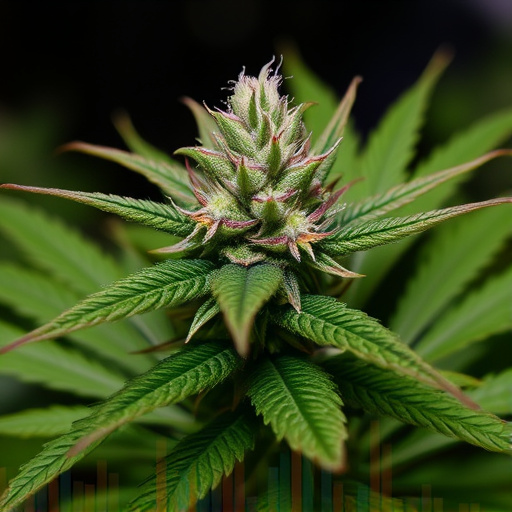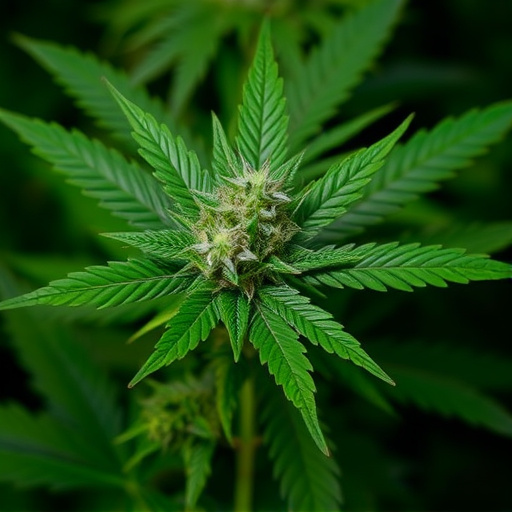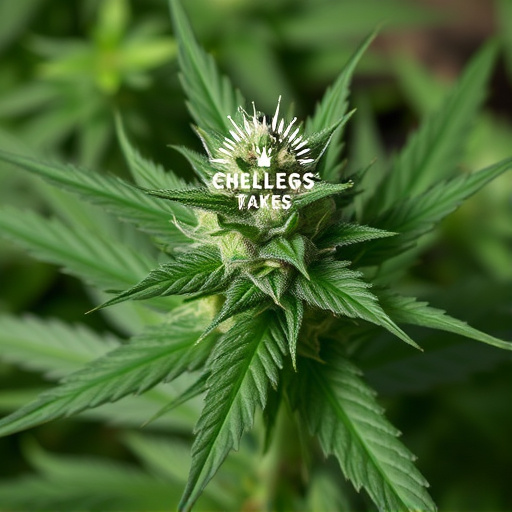Sleep cycles, governed by the 24-hour circadian rhythm, are crucial for physical and mental restoration. Cannabis compounds like THC and CBD impact sleep differently. While THC can disrupt patterns, CBD encourages relaxation and enhances sleep quality without intoxication. Cannabis strains vary in chemical compositions, with Indica known for sedative properties and Sativa stimulating mental activity but potentially disrupting sleep. Balanced hybrid strains offer a harmonious blend. High-CBD or specific terpene profiles promote relaxation through the endocannabinoid system. However, excessive use of high-THC varieties can cause disrupted sleep patterns and increased anxiety, emphasizing the need for consultation with healthcare professionals before trial.
“Unraveling the relationship between cannabis flower and sleep cycles is a growing area of interest in the wellness world. This natural compound has gained attention for its potential to influence rest and recovery, but how does it affect our sleep? In this comprehensive guide, we explore the science behind sleep cycles and delve into the various cannabis strains and their unique effects on sleep. From understanding the benefits to weighing risks, discover how different cannabis strains can impact your slumber.”
- Understanding Sleep Cycles and Cannabis Interaction
- Exploring Different Cannabis Strains and Their Effects on Sleep
- Potential Benefits and Risks of Using Cannabis for Sleep Aid
Understanding Sleep Cycles and Cannabis Interaction
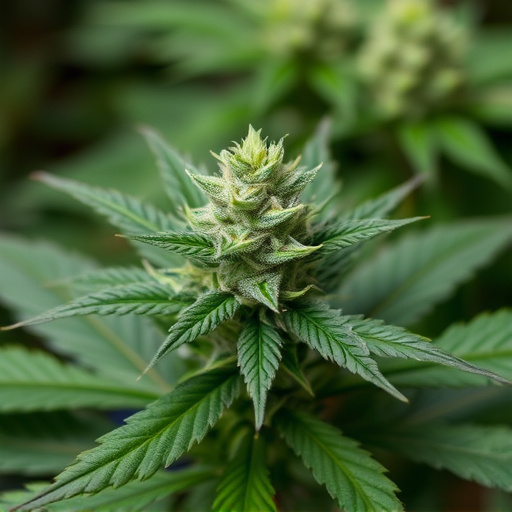
Sleep cycles are a natural process that regulates our rest and recovery, encompassing various stages essential for physical and mental well-being. The human body follows a 24-hour circadian rhythm, which influences hormone release, temperature regulation, and sleep-wake cycles. Understanding these cycles is crucial when exploring the effects of cannabis strains on sleep.
Cannabis flowers contain various compounds, notably tetrahydrocannabinol (THC) and cannabidiol (CBD), known for their potential impact on sleep. THC, responsible for cannabis’ psychoactive effects, can disrupt sleep patterns by influencing the brain’s endocannabinoid system. On the other hand, CBD, non-intoxicating and prevalent in many strains, has shown promise in promoting relaxation and improving sleep quality without causing intoxication. The interaction between these compounds and the body’s natural systems highlights the complex relationship between cannabis strains and sleep cycles.
Exploring Different Cannabis Strains and Their Effects on Sleep

Cannabis flowers come in a wide variety of strains, each with distinct chemical profiles and unique effects on the human body. Exploring different cannabis strains can offer insights into how specific compounds, like cannabinoids and terpenes, interact with our sleep cycles. For instance, Indica strains are often favored for their sedative properties, containing higher levels of Myrcene, a terpene known to promote relaxation and sleepiness. On the other hand, Sativa strains may stimulate mental activity and creativity but can also disrupt sleep due to their higher concentrations of Cannabinol (CBN), which has been linked to increased alertness and potential insomnia in some users.
The effects of cannabis strains on sleep are multifaceted and depend not only on the type of strain but also on individual tolerance, frequency of use, and personal preferences. Some people find that a balanced hybrid strain offers the best of both worlds, providing relaxation without overstimulation. Understanding these variations in cannabis strains can help individuals make informed choices to optimize their sleep quality based on their specific needs and experiences with different types of flowers.
Potential Benefits and Risks of Using Cannabis for Sleep Aid
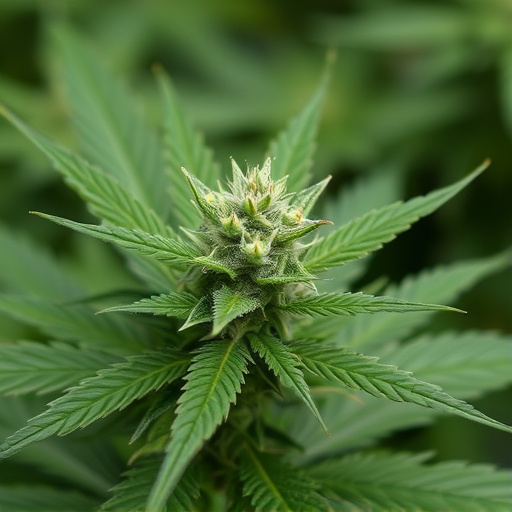
Using cannabis for sleep aid has gained popularity, with many people turning to it as a natural remedy for insomnia and disrupted sleep cycles. Certain cannabis strains known for their high CBD (cannabidiol) content or specific terpene profiles have been shown to promote relaxation and improve sleep quality. Studies suggest that CBD interacts with the body’s endocannabinoid system, which plays a role in regulating sleep-wake cycles, potentially reducing anxiety and insomnia.
However, it’s crucial to approach cannabis as a sleep aid with caution. While some strains may provide temporary relief, excessive use or consumption of high-THC (tetrahydrocannabinol) varieties can lead to disrupted sleep patterns, increased anxiety, and cognitive impairment. Individual responses to cannabis vary greatly; what works for one person might not work for another. It’s essential to consult healthcare professionals before incorporating cannabis into a sleep regimen, especially for those with pre-existing medical conditions or a history of mental health issues.
Cannabis flower’s impact on sleep cycles is a complex interplay between various compounds, notably THC and CBD. Different cannabis strains, each with unique terpene profiles, offer distinct experiences, from inducing relaxation to enhancing REM sleep. While exploring these strains for sleep aid has potential benefits, such as reduced insomnia and anxiety, it also carries risks, including disruption of circadian rhythms and cognitive impairment. Understanding the specific effects of various cannabis strains is key to navigating this alternative treatment option responsibly.
